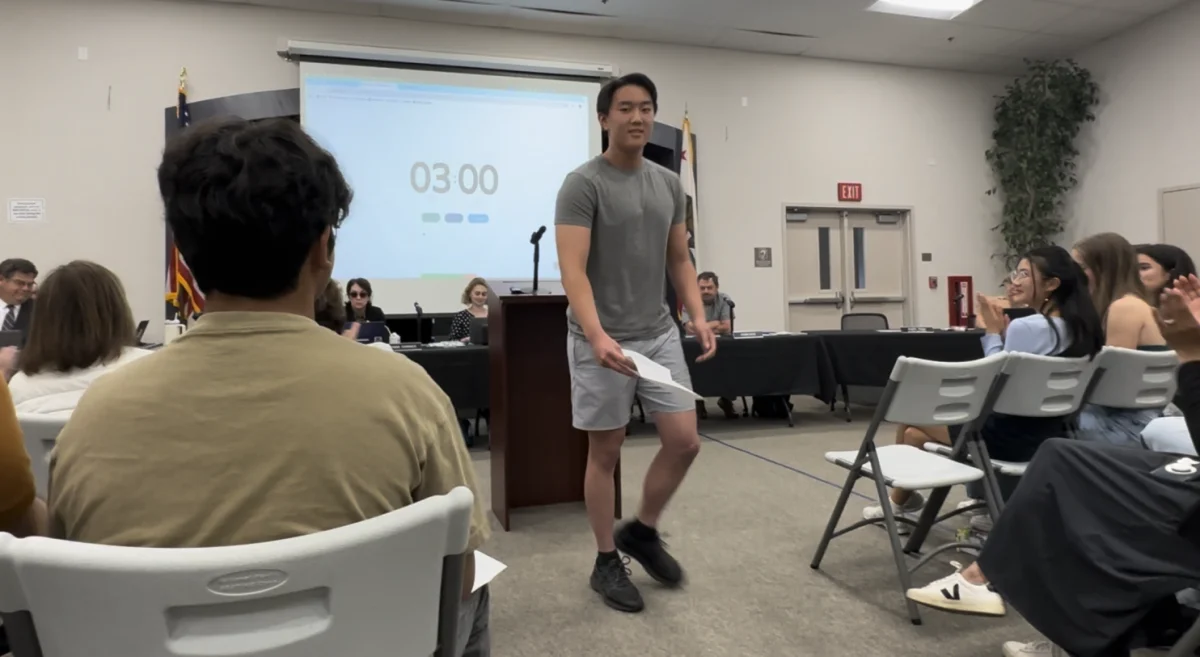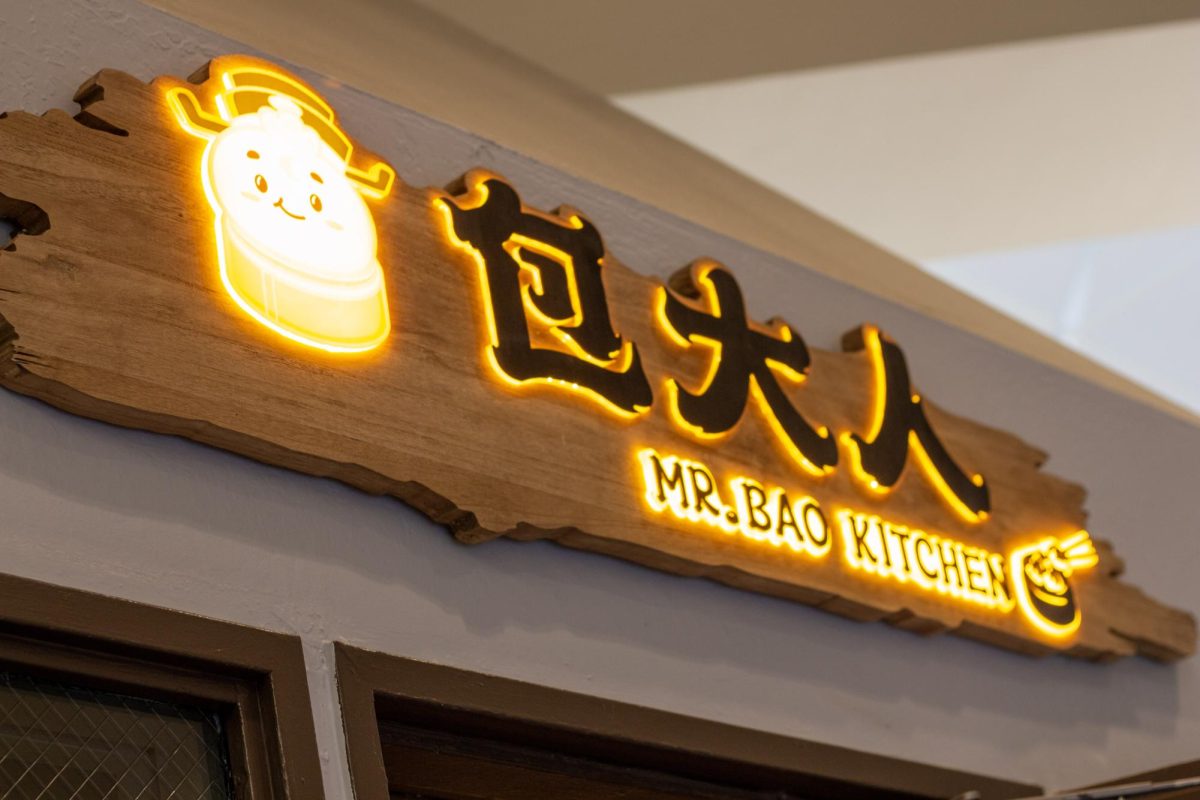Technology has made communication vastly easier and faster by simplifying human interaction down to a screen and text. But, even though we’re now more connected with our social networks, we’re regrettably disconnected from the immediate, raw experiences of the people we talk to.
Unsurprisingly, cyberbullying appears increasingly heinous. “Drink bleach and die” read one message aimed at Rebecca Sedwick, a 12-year-old whose suicide story went viral earlier this fall after she endured prolonged cyberbullying. She is one of many victims.
“There’s a heightened awareness of [cyberbullying] because it’s becoming increasingly pertinent,” assistant principal Cristy Dawson said.“You look back about 10 years ago and you think of the phrase ‘cyberbullying’ and you don’t see it because it’s relatively new…with the advent of Facebook and social media in general. Of course times change, and will continue to evolve”
For the sake of their students’ wellbeing, schools must do something to stymie the spread of cyberbullying. Ours should be applauded for the swift, strong approach that it takes to mitigate the frequency of cyberbullying that occurs as well as in curbing any potential detrimental effects that may arise from it. As it stands, the school tries to stop cyberbullying every time an instance is brought to the attention of an administrator, regardless of whether it originated on or off campus.
“If Student A is bullying Student B and Student B is not coming to school because they’re frightened or depressed or overwhelmed, then we get involved,” Dawson said
Once claims of cyberbullying come to the school’s attention, the school tries to resolve conflicts rather than blindly suspending cyberbullies as per other schools’ policies. The healing nature of this stance for all parties makes it a more mature policy. The aim doesn’t even have to be having a close relationship; the goal can merely be peaceful coexistence.
“When I’ve talked to kids, there’s something strangely disjointed. People will say much harsher, meaner things not face-to-face. When I talk to kids about it…[they realize what they’re] doing is wrong,” Dawson said.
However, not all students are solely focused on the effects the school’s policies have on preventing cyberbullying.
“[Some students] are concerned with the intrusiveness of certain cyberbullying policies,” senior Lillian Zhou said.
Given the era, this is an understandable perspective. Everyday private conversations 20 years ago weren’t permanently etched onto hard drives, but now they can have irreparable consequences. It seems almost unfair to our generation. Yet, that’s not enough to justify criticizing the school’s current policies. The administration is far from harsh in their punishments nor do they actively scour Facebook profiles for borderline inflammatory remarks. They simply wouldn’t even have the resources or will to.
Other sorts of events and activities that the school holds throughout the year, such as the newly-renamed Camp Diversity, also represent important ways that the school continues to combat bullying and foster more empathetic behavior among the student culture.
“I feel extremely happy about the amount of times we go to Camp Diversity,” Dawson said. “I think our school is pretty cool. I’m not saying that students [won’t] make disparaging remarks but I think…we do a lot of work with the Camp Diversity stuff so that we can be more empathetic and understanding of other cultures and backgrounds.
Given that most of the time that the school deals with instances of cyberbullying are when they are brought to the attention of administration via students, it would seem logical that we could still improve our community by utilizing a program that actively identifies and involves student leaders to deal with with cyberbullying issues.
However, the school is correct in mitigating cases of cyberbullying at the administrative level because of the magnitude of backlash and potential harm it could incur on students’ psyches.
“Do I think it’s good students have a voice?” Dawson said. “Absolutely. Should students say [this instance of cyberbullying] is wrong? I think yes. But, to start sanctioning groups like these with the complexity and nuances of some of these issues can be problematic, depending. If it’s just saying ‘knock it off’, that’s fine. But if you become judge and jury, there could be a serious…uproar.”
It is this reactive approach that makes the way that our school deals with cyberbullying fairly effective in mitigating the frequency and potency of cyberbullying.








